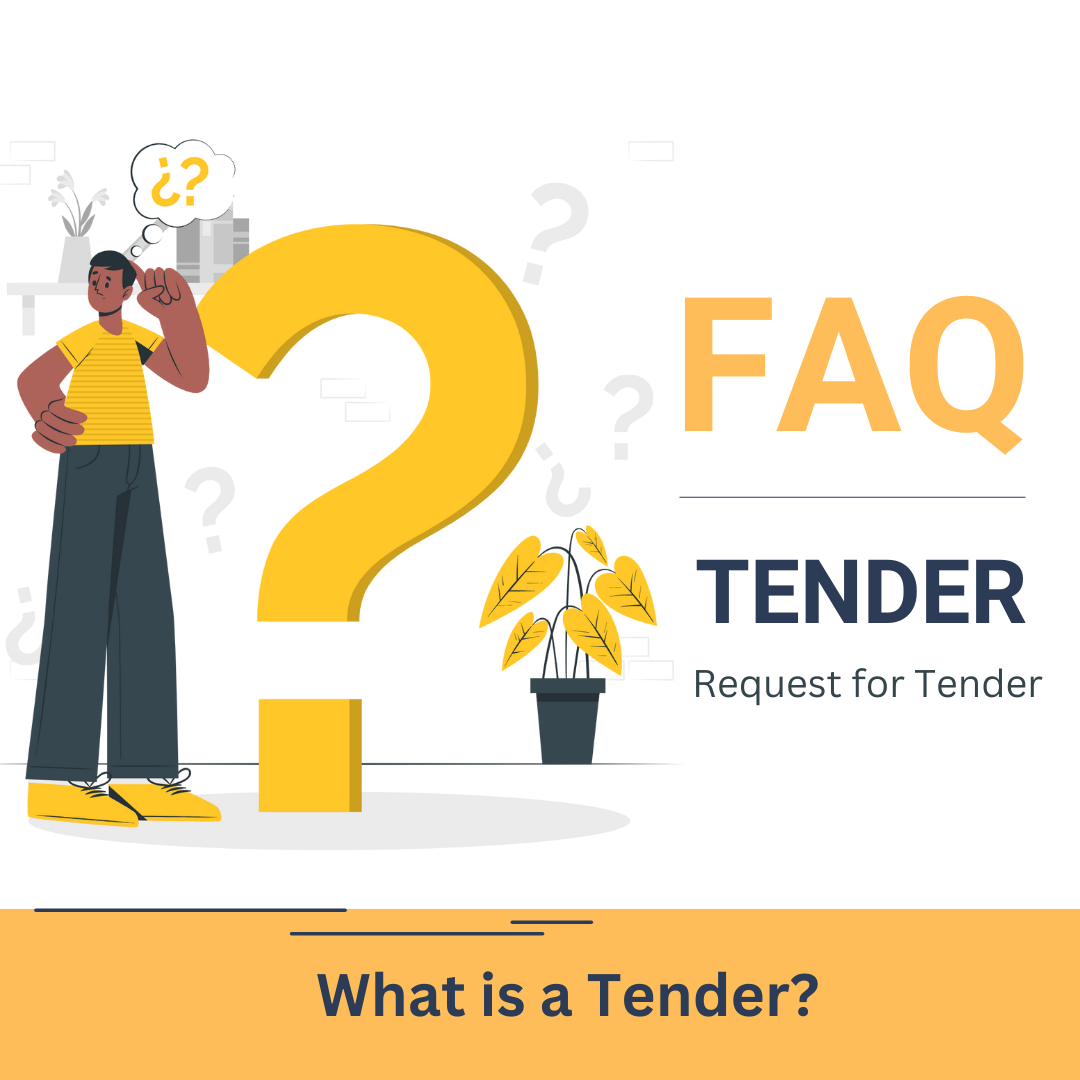
Unveiling the World of Tenders: A Guide for SMME Contractors
In the realm of Small, Medium, and Micro-sized Enterprises (SMME) contractors, the term "tender" carries significant weight. Tenders represent valuable opportunities for securing contracts and expanding your business. In this blog post, we will explore what a tender is, why it matters to SMME contractors, and how to effectively navigate the tendering process to win coveted contracts.
Demystifying Tenders
A tender is a formal document or proposal submitted by a contractor or service provider in response to an invitation from a client or organization looking to procure goods, services, or construction work. Tenders are a fundamental part of public and private-sector procurement processes, ensuring transparency, competition, and fairness.
Why Tenders Matter for SMME Contractors
1. Access to Opportunities: Tenders offer access to a wide range of potential projects and contracts, from government infrastructure projects to private-sector ventures.
2. Fair Competition: The tendering process levels the playing field, allowing SMME contractors to compete with larger entities based on their capabilities, expertise, and pricing.
3. Portfolio Enhancement: Winning tenders allows SMME contractors to expand their project portfolio and gain experience in various industries and sectors.
4. Revenue Generation: Successfully securing tender contracts can significantly boost revenue and contribute to business growth and sustainability.
5. Credibility: Winning tenders enhances your business's credibility and reputation, instilling confidence in clients and partners.
Components of a Tender
A standard tender document typically includes the following key components:
1. Invitation to Tender (RFT): An official invitation to contractors to submit their proposals or bids for a specific project or service.
2. Instructions to Tenderers: Detailed guidelines on how to prepare and submit the tender, including submission deadlines, format requirements, and contact information.
3. Scope of Work: A comprehensive description of the project or service requirements, including technical specifications, timelines, and deliverables.
4. Pricing and Payment Terms: Information on how to structure the pricing, payment terms, and any other financial considerations.
5. Qualification Criteria: Specific requirements that contractors must meet to be eligible to submit a tender, such as experience, qualifications, and certifications.
6. Evaluation Criteria: Clear criteria by which the client or organization will evaluate and score the submitted tenders, including factors like pricing, qualifications, and compliance with specifications.
7. Contract Terms and Conditions: The proposed terms and conditions that will govern the contract, including legal obligations, warranties, and dispute resolution mechanisms.
8. Submission Requirements: A checklist of all documents, forms, and information that must be included in the tender submission.
Responding to a Tender
Effectively responding to a tender as an SMME contractor involves a structured approach:
1. Preliminary Assessment: Carefully review the tender document to ensure it aligns with your business's capabilities and expertise. Consider whether the project is a good fit for your company.
2. Bid/No-Bid Decision: Make an informed decision on whether to bid for the tender or not. Assess the potential risks, costs, and benefits before proceeding.
3. Tender Documentation: Gather all the necessary documentation and information required for the tender submission, including qualifications, certifications, financial statements, and references.
4. Comprehensive Proposal: Prepare a comprehensive tender proposal that addresses all the requirements and specifications outlined in the tender document. Be clear, concise, and organized in your response.
5. Pricing Strategy: Develop a competitive pricing strategy that balances profitability with market rates and your business's financial sustainability.
6. Proofread and Review: Carefully proofread your proposal and have someone else review it for errors, clarity, and completeness.
7. Submission: Submit your tender response by the specified deadline, ensuring that you adhere to all submission requirements and formats.
8. Follow-Up: After submission, follow up with the client or organization to confirm receipt and inquire about the evaluation timeline.
Benefits of Winning Tenders for SMME Contractors
1. Revenue Growth: Winning tenders can significantly boost revenue and provide a steady stream of income for your business.
2. Experience and Expertise: Tenders allow you to gain experience and expertise in various industries and sectors, enhancing your credibility and capabilities.
3. Business Expansion: Successfully securing tenders can lead to opportunities for business expansion and diversification.
4. Market Visibility: Winning tenders raises your profile in the market, attracting more clients and partners.
5. Networking: Tendering exposes you to a network of potential collaborators, suppliers, and clients, expanding your business network.
Challenges and How to Overcome Them
SMME contractors may face specific challenges when participating in tenders. Here are some common challenges and strategies to overcome them:
1. Resource Constraints: Limited resources for preparing and submitting tenders can be a hurdle. Focus on high-potential opportunities and allocate resources strategically.
2. Competitive Landscape: Facing stiff competition from larger contractors can be intimidating. Emphasize your agility, personalized service, and competitive pricing as advantages.
3. Lack of Experience: Limited experience in tendering can pose challenges. Seek mentorship or training programs to improve your bidding skills.
4. Complex Documentation: The sheer volume of documentation and paperwork required for tenders




